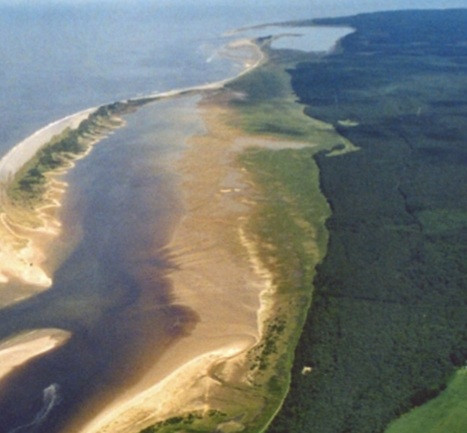Descrição
RSPB Culbin Sands is a Site of Special Scientific Interest and a Ramsar site. The area was once part of one of the largest sand dune systems in Britain, the remaining sand dunes along with the saltmarsh, mudflats and shingle make up a complex and dynamic system shifting with the wind and tides. Culbin Sands has extensive mussel beds, often attracting large numbers of sea duck in the winter – including Pato-preto, Pato-de-cauda-afilada and smaller numbers of Pato-fusco.
The reserve is free to visit at all times. Guided walks, binocular hire and educational resources are available, see website below. Maçarico-de-bico-direito, Fuselo, Pilrito-sanderlingo, Pilrito-comum, Ostraceiro Borrelho-grande-de-coleira, Águia-pesqueira, sea ducks, divers, Petinha-dos-prados, Laverca and Cartaxo-comum may be seen here. Perhaps a rare autumn migrant such as Toutinegra-gavião, Picanço-grande or Papa-moscas-pequeno.
Detalhes
Acesso
One mile east of Nairn on the east coast of Scotland. After passing through Nairn on the A96 from Inverness, go over the river, take the first left towards the caravan park on Maggot Road. At the far end of Maggot Road there is a car park. Click on the P in the map to get directions. Follow the 'All Abilities Footpath' for 0.5 miles to reach the reserve. Waders are less distant hence easier to see near to high tide, see a link to the tide table below.
